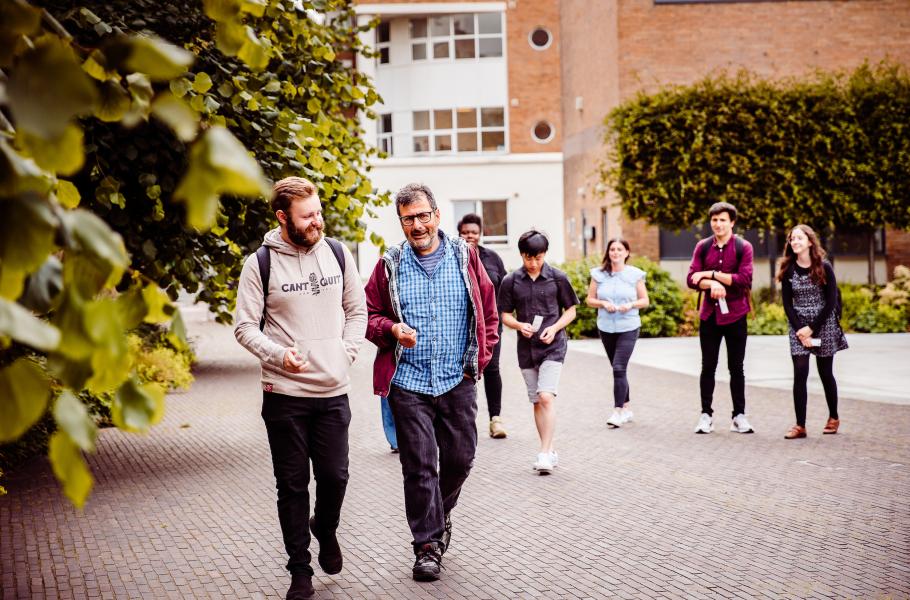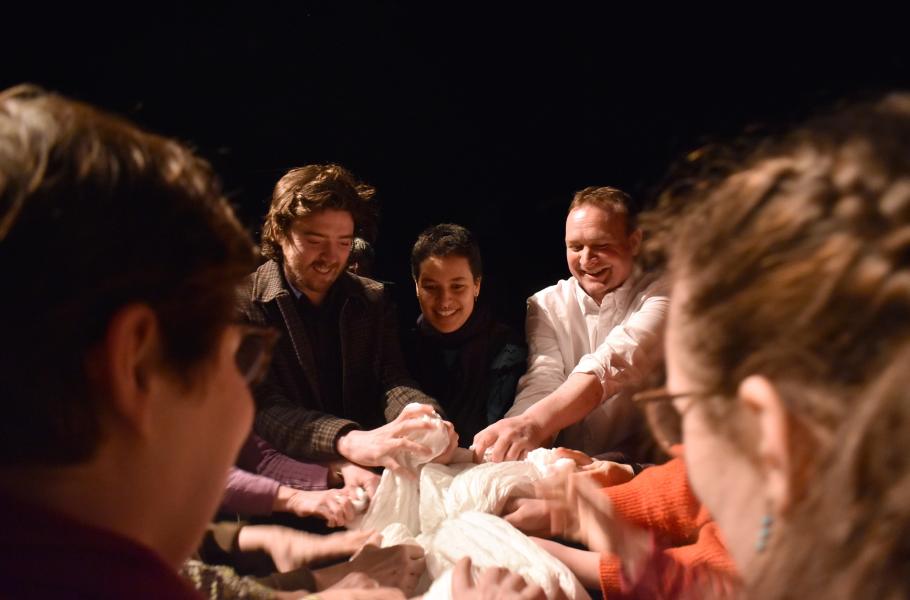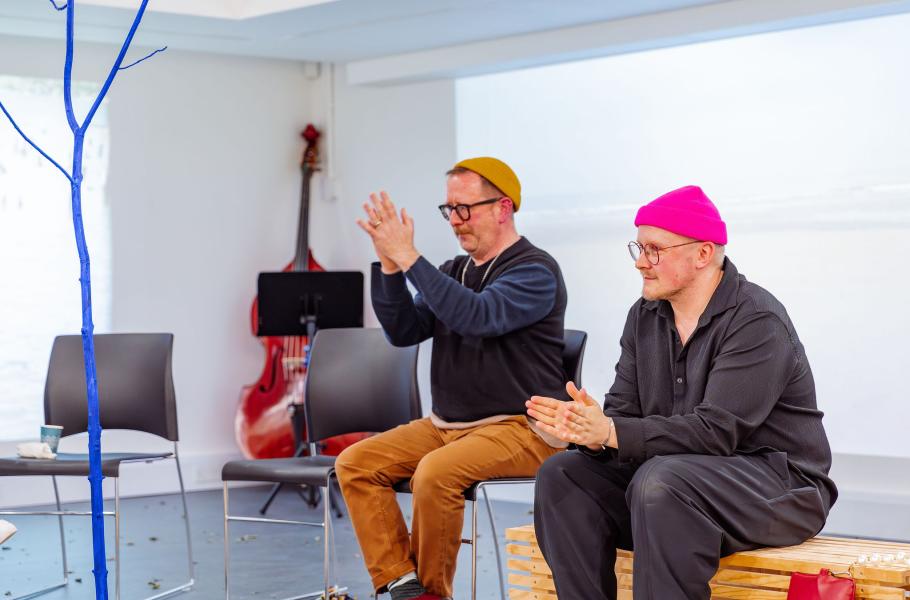Telling Stories with Numbers: Our Data and Art TEST residency
In January of this year, Lancaster Arts hosted a residency for artists and academics to explore the intersections of art and data. When we first began thinking about data and art and how they might interconnect, we were keen to avoid the usual ‘data visualisation’ techniques that often only serve as a tool for illustration. There is a place for these as a matter of course, but we were keen to host an artist-academic residency that could go beyond data visualisation and into new creative and collaborative territory. What was the potential for this work to address social justice issues? Was it possible, through art practices, to create an empathetic or ‘human’ response or interaction with dry data sets? What are the data-stories we can tell?
Posted on 22nd Mar, 2024
The residency team consisted of the two producers from Lancaster Arts, artists Stevie Ronnie (visual artist and poet), Jenni Jackson (performer and movement practitioner) and six academics from medicine, sociology, and the environment centre. There were also other influences and inputs from academics and artists outside the core programme, through a Creative Gathering mid-week and a sharing event at the end (see how Lowri Evans creatively documented the final sharing event here).
Although we are still processing and working out the next steps for the project, so many discoveries were made during the week by the core team. Artist Jenni said, “I’m really bowled over by this opportunity to work in such a collaborative way with Lancaster Arts and with people I wouldn’t usually meet [the academics] – and it is rare to speak to someone in such depth like this. I’m taken by the idea of data shadows, or what might be at the edges of data. Having the opportunity to test some of this has felt like the beginning of something, but a very important beginning”.
Anastasia, lecturer in Biostatistics, said: “[I have learnt that] when it comes to data, artists and researchers coming together can increase the impact of the work we do and create new and innovative channels for communicating numerical evidence that is essential for positive change, be it for our society or planet.”
Producer Alice said, “one of my favourite moments of the residency was in the gathering, where two of the academic cohort were amazed at how quickly a group could share intimate moments through creative tasks. It helped them really see the empathetic potential of an artistic (and human) approach to data/academic research”.
One of the artists, Stevie Ronnie, wrote the following poem, exploring his experience of the gathering, and his interaction with three academics across the week, Luigi Sedda (Medicine), Steffi Doebler (Sociology) and John Childs (The Environment Centre):
i
The week begins with Isha and insect
borne disease / optimal special
surveillance / population dynamics /
Gaussian functions of the base
form / frequencies and shift. Then
temperature and precipitation / viruses
spreading like sculptures on the wind
or stories starring Aedes aegypti
whose voice is a thrumming drone
heading here to lay lumps of Braille
swollen and itching onto us.
We lie again. We lie bitten
in our beds, dreaming of Sardinia
and Pinnuccio Sciola’s singing stones.
ii
Later, tea and a spreadsheet’s trembling
makes me cry. Each child a
number, separated from their loved
ones – zeros for the non-linear Poisson
analysis / box plots / whisker plots
and bias. Over intervention is mentioned.
(hundreds and thousands of children)
Class. Stigma. Anxiety. The North
South divide. As we sit here –
in an office talking about
humans, the system and the family –
Steffi says: Sometimes I feel like a
little bird flying over the top of it all
(the grief box mothers are invited to fill)
iii (a creative gathering)
After all data is: inherently shadows
we leave / thumb prints of trust
we share / a walk in the park / an ending /
the Indonesian Tsunami / my daughter’s
birthday / the date of Bertolina Sisa’s murder /
the date a country started the war.
I can feel the heart’s lost slow
network mycelium form forming
connections – how I feel is becoming…
iv
Ghosts, I was once told, do live
on the deep seabed where tectonics
are floating apart. This sound is
a blacksmoker hydrothermal vent
of the imagination, non-temporary and
unmapped. Time is fathom’s deep / a body
of water our bodies are from / creation
destruction / suspension / undrowned.
So data is story, history is data
and the only given is shadow
sets of facts. Words, too, have spectres
(as in: graun – Grau – Grün – grund)
of letters, slippery as cartographer’s ink.
Ghosts, I was once told, do live
Main image credit: Darren Andrews




